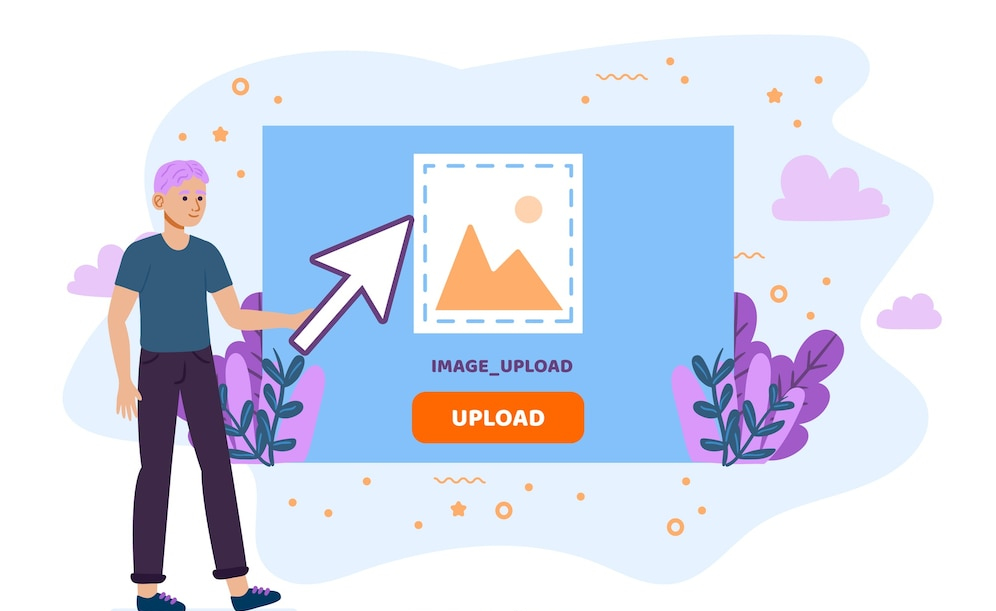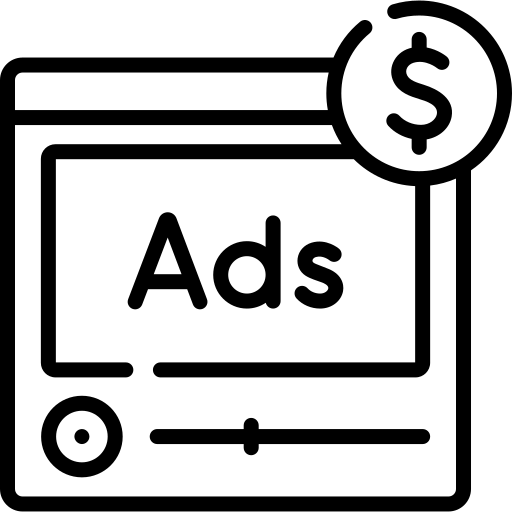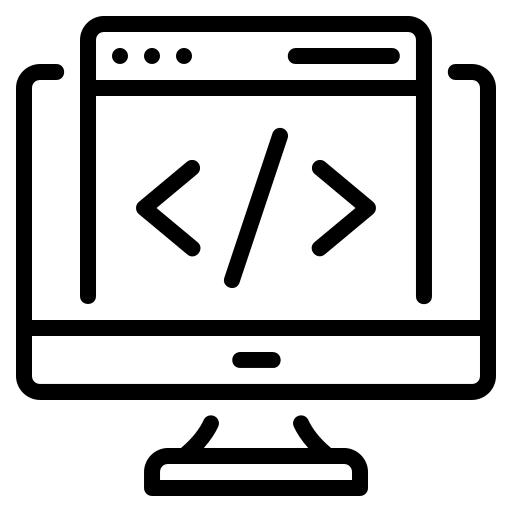In the digital age, where visual content reigns supreme, optimizing your images is no longer an optional step but a crucial one. By understanding the importance of image optimization for SEO, you can significantly enhance your website’s visibility and attract more organic traffic.
In this blog post, we’ll delve into the essential techniques and best practices to optimize your images for search engines. From file size and format to alt text and keyword usage, we’ll cover everything you need to know to improve your website’s SEO through effective image optimization.

Understanding the Role of Images in SEO
Visual Search: A Powerful Tool
Google’s image search feature has revolutionized the way people find information online. By optimizing your images, you’re making them more discoverable through visual searches. When users search for images related to your content, your website has a better chance of appearing in the results.
User Experience: The Key to Engagement
High-quality, relevant images can significantly improve the user experience on your website. They can help break up large blocks of text, making your content more visually appealing and easier to read. Additionally, images can provide context and help users understand your message more quickly.
SEO Benefits: The Bottom Line
Optimizing your images can lead to several SEO benefits:
- Improved search engine rankings: When your images are optimized, they can appear in Google’s image search results, driving more traffic to your website.
- Increased user engagement: Visually appealing content can keep visitors on your site longer, which signals to search engines that your content is valuable.
- Better user experience: High-quality images can enhance the overall user experience, leading to higher conversion rates.
- Social media shares: Shareable images can encourage users to share your content on social media, which can also boost your search rankings.

Key Factors for Image Optimization
File Format
Choosing the right file format for your images is crucial. Here’s a breakdown of the most common options:
- JPEG: Ideal for photographs with a wide range of colors. It uses lossy compression, meaning some image quality is sacrificed to reduce file size.
- PNG: Supports transparency and lossless compression, making it suitable for images with sharp edges, logos, and icons.
- GIF: Primarily used for simple animations and images with a limited color palette. It supports transparency and lossless compression.
- WebP: A newer format that offers superior compression compared to JPEG and PNG, resulting in smaller file sizes without significant quality loss.
When to use each format:
- JPEG: Best for photos with many colors.
- PNG: Ideal for images with transparency, sharp edges, or limited color palettes.
- GIF: Suitable for simple animations or images with a limited color palette.
- WebP: A good choice for most images due to its superior compression.
Image Size
Resizing images to an appropriate size is essential for faster loading times and better user experience.
- Use online tools or image editing software to resize images without compromising quality.
- Consider the dimensions of your website’s layout and the screen sizes of your target audience.
- Optimize images for different devices (e.g., desktops, tablets, and mobile phones) to ensure they display correctly on all screens.
Compression
Compressing images can significantly reduce their file size without affecting their visual quality.
- Use lossy compression for photographs (JPEG or WebP) to achieve significant file size reductions.
- Use lossless compression for images with sharp edges, logos, or icons (PNG or GIF).
Consider using online tools or plugins that specialize in image compression.
Lazy Loading
Lazy loading is a technique that delays the loading of images until they are visible in the viewport. This can improve page load times, especially for websites with many images.
- Use a plugin or code snippet to implement lazy loading on your website.
- Consider using a placeholder image while the actual image is loading.
Optimizing Image Alt Text
What is alt text?
Alt text, or alternative text, is a text description that is associated with an image. It serves as a visual aid for users who cannot see the image, such as those with visual impairments, and also helps search engines understand the content of the image.
Why is alt text important for SEO?
Search engines use alt text to index images and understand their content. By providing accurate and relevant alt text, you can help search engines better understand the context of your images and improve your chances of ranking higher in search results.
Best practices for optimizing image alt text:
- Keyword inclusion: Incorporate relevant keywords into your alt text. This helps search engines understand the topic of the image and associate it with your website’s content. For example, if you have an image of a cat, you could use alt text like “cute tabby cat.”
- Descriptive language: Use clear and concise language that accurately describes the image. Avoid generic or overly vague descriptions. The goal is to provide a helpful and informative description for both users and search engines.
- Accessibility: Make your website accessible to visually impaired users by providing meaningful alt text for all images. This not only improves your search engine rankings but also demonstrates your commitment to inclusivity.
Image Filename Optimization
Why It Matters
Search engines like Google use image filenames as a clue to understand the content of an image. A descriptive and relevant filename helps search engines categorize your images accurately, leading to better search rankings. When your images are indexed correctly, they are more likely to appear in relevant search results.
Tips for Effective Filename Optimization:
- Use Descriptive Names:
- Incorporate relevant keywords into your filenames. For example, instead of “image123.jpg,” use “blue-flower-bouquet.jpg.”
- Be specific and avoid generic terms. A clear and descriptive filename will give search engines a better understanding of your image’s content.
- Avoid Special Characters:
- Stick to simple, alphanumeric characters (letters and numbers) in your filenames. Avoid using symbols, spaces, or special characters that can confuse search engines.
- Use hyphens or underscores to separate words in your filenames. For instance, “blue_flower_bouquet.jpg” is preferable to “blue flower bouquet.jpg.”
Image Metadata
Image metadata is the hidden information that describes an image to search engines. It helps them understand what the image is about and how it relates to your website’s content. Optimizing this metadata is essential for boosting your search rankings.
Title and Description
- Keyword relevance: Include relevant keywords in the title and description that accurately reflect the image’s content. This helps search engines understand the image’s topic and match it with relevant search queries.
- Consistency: Ensure that the title and description are consistent with the alt text and filename. This reinforces the image’s message and improves its search visibility.
Keyword Relevance
- Strategic placement: Incorporate relevant keywords naturally throughout the image’s title, description, alt text, and filename.
- Avoid keyword stuffing: Don’t overuse keywords, as it can harm your rankings. Focus on quality content and natural keyword placement.
Other Metadata
- Caption: Adding a descriptive caption to the image can provide additional context and improve user engagement.
- License: If you’re using an image that you don’t own, specify the license information (e.g., Creative Commons) to avoid copyright issues.
Image Placement on the Page
The placement of your images on the page can significantly impact their effectiveness. Here are two key factors to consider:
Above-the-Fold
Placing images above the fold means they are visible without scrolling. This is crucial because users are more likely to engage with content that they can see immediately. When your images are above the fold, they can capture attention and encourage users to explore further.
Proximity to Relevant Content
Closely associating images with related text can enhance user experience and improve your search engine ranking. When images and their corresponding text are placed near each other, it becomes easier for search engines to understand the context and relevance of the content. This can lead to higher search engine rankings and increased user engagement.
Tools for Image Optimization
- Online Compressors:
- TinyPNG: A popular online tool for compressing PNG images.
- Compressor.io: A versatile tool that can compress various image formats.
- SEO Plugins:
- Yoast SEO: A popular WordPress plugin that includes image optimization features.
- All in One SEO Pack: Another popular WordPress plugin with image optimization options.
- Image Editors:
- Adobe Photoshop: A powerful image editing software with advanced optimization features.
- GIMP: A free and open-source image editor that can be used for basic optimization.
Conclusion
Recap key points:
- Image quality and relevance: Ensure your images are high-resolution and directly related to your content.
- File size optimization: Compress images without sacrificing quality to improve load times.
- Descriptive file names: Use keywords relevant to your content to help search engines understand your images.
- Alt text: Provide concise and descriptive alt text for each image to improve accessibility and SEO.
- Image placement: Strategically place images within your content to enhance user experience and search engine visibility.
By implementing these image optimization techniques, you can significantly boost your search engine rankings and attract more organic traffic to your website. Take the time to review your existing images and make the necessary adjustments to improve their performance. Remember, consistent optimization is key to achieving long-term success.



